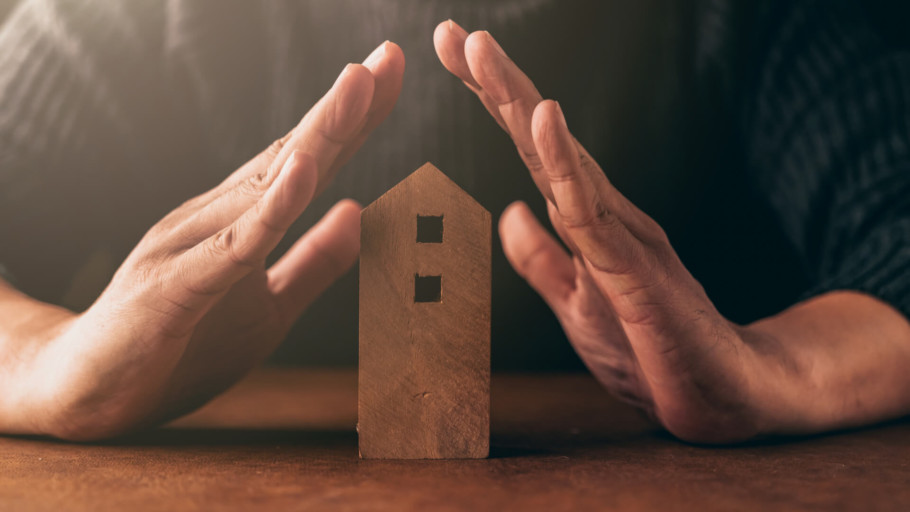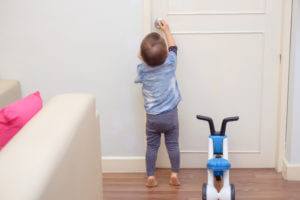How Much Does it Cost to Secure Your Home?
Home security should be everyone’s concern. It doesn’t matter if you live in the Bronx or Beverly Hills, crime committed against property is big business.
The Bureau of Justice estimated between 2003 and 2007 an average 3.7 million burglaries occurred each year in the USA. The U.S. Census Bureau reports that there are approximately 127.59 million households in America, so statistically, 3.5 percent of all households will experience some type of crime against their home. The website asecurelife.com reports that the average loss per burglary in the U.S. is $2251, and you are 300 percent more likely to be a victim of theft if you don’t have a home security system.
…statistically, 3.5 percent of all households will experience some type of crime against their home
These statistics show that securing your home has never been so important, particularly considering our properties are unattended for more significant periods.
So, how do you secure your home, and what is the real cost? Let’s break down the individual costs of securing your home to reveal the true figures:
Types (and Costs) of Home Security
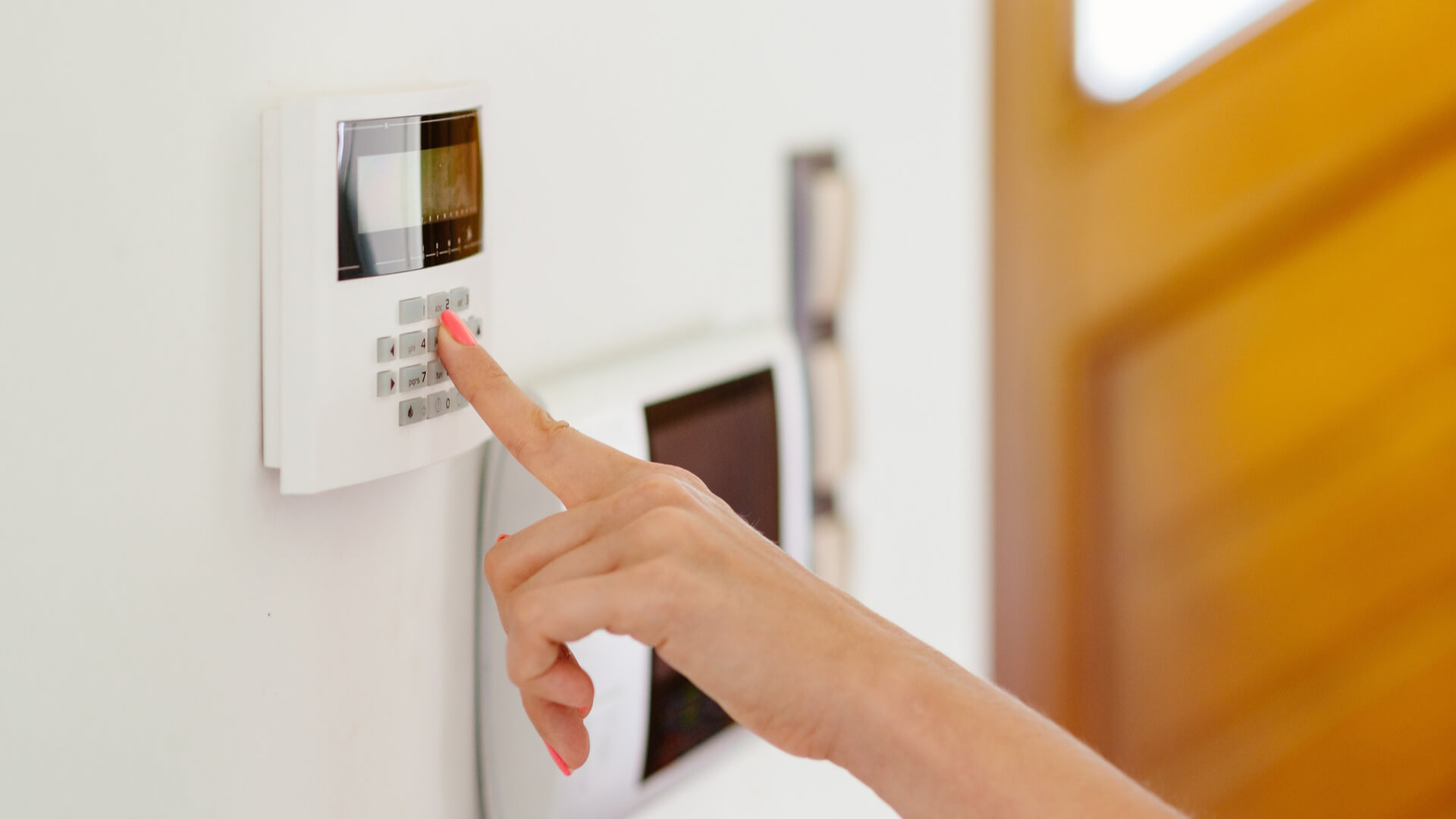
So, how do you secure your home, and what is the real cost? There are a number of home security options, so figuring out what you need vs what you can afford can be a little tricky. Let’s break down the individual costs of securing your home to reveal the true figures:
Home security systems
A home security system comes with three main costs: Installation/activation charges, monitoring fees, and equipment costs. Depending on the type of service you want, you could pay as little as $250 for basic equipment or more than $1500 for more advanced options. Watch out for hidden charges, like an activation fee, and build these into your budget. There can also be monitoring charges, and these too will vary depending on the service you want.
Smart door locks
These door locks are becoming increasingly popular with homeowners and can be purchased on Amazon for as little as $100 to $200. Keep in mind, though, that the average home can have as many as 5 external doors, so the cost to cover all of these doors with smart locks can add up quickly. They do, however, offer an array of security features, including fingerprint recognition and app controlled keypad entry.
Video doorbells
A video doorbell is one of the simplest ways to deter would-be criminals from entering your home. They usually operate with an app that sends video footage of the caller to your cell phone. It also enables you to speak through the bell directly to them. They retail at around $100 to $250 (depending on features) and are simple to install.
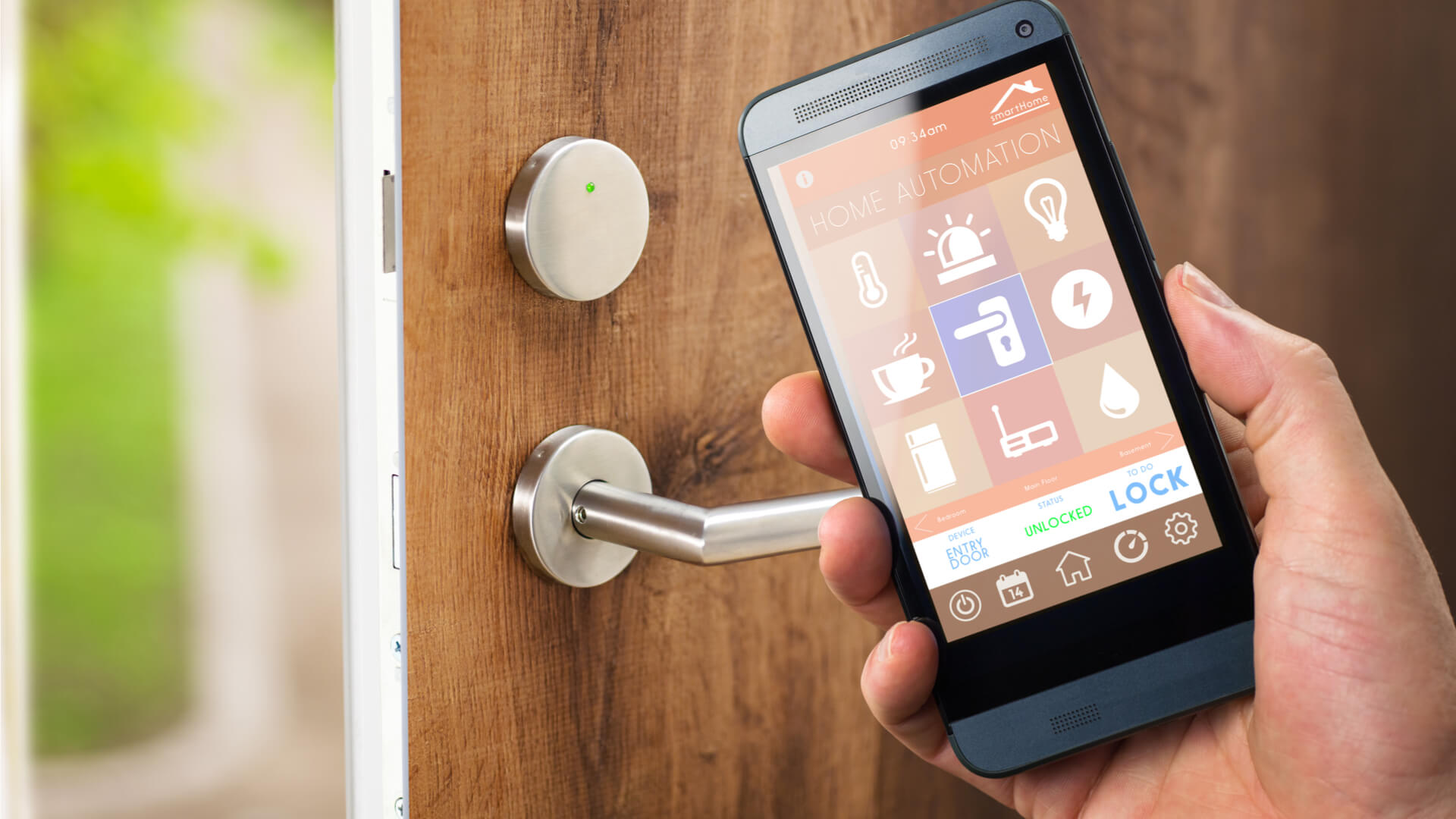
Home-hubs
These devices have increased in popularity over the last few years, not least because they are affordable to buy; retailing at around $50 to $200. Besides their ability to play your favorite tunes or to connect to other smart devices like cameras, lights, locks, and other electrical equipment, home hubs are performing an increasing role in securing our homes.
Window and door sensors
These sensors are designed to alert you if your windows or doors are disturbed and retail at around $20 to $30 per pack of 4. This might sound cheap, but don’t forget that you need to multiply this by the number of windows and doors you have.
A typical house might have 8 windows on each floor with another 2 or 3 in the garage. That’s close to 20 windows in total, and once you add in the doors, that figure could rise closer to 25. At $30 a pack, that’ equates to over $200 on sensors alone.
Keeping it Simple
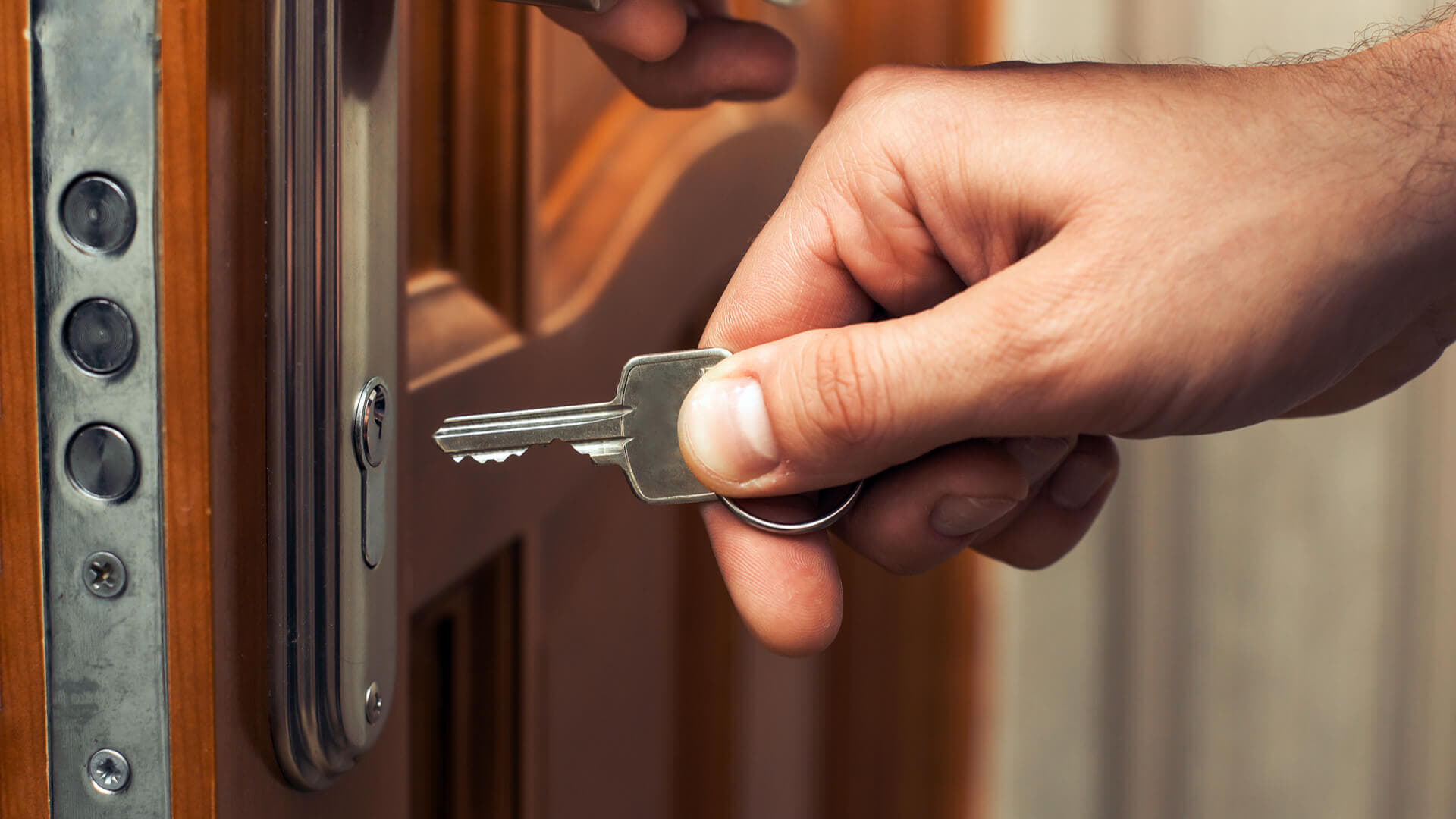
There are options available that are much kinder to your wallet. Not every security measure has to be a smart tech solution; think old school.
Deadbolts are a useful (and cheap) way of securing outer doors. Installing them is quick and relatively simple, and there is no risk of it getting hacked by a whiz-kid with a computer.
Not every security measure has to be a smart tech solution; think old school.
Foot bolts for sliding doors also make an effective and robust way to protect your home, and their low cost makes them a great budget option. An even simpler solution is a length of wood wedged in the recess between the wall and the end of the door. This will stop any would-be intruder from gaining entry and costs almost nothing.
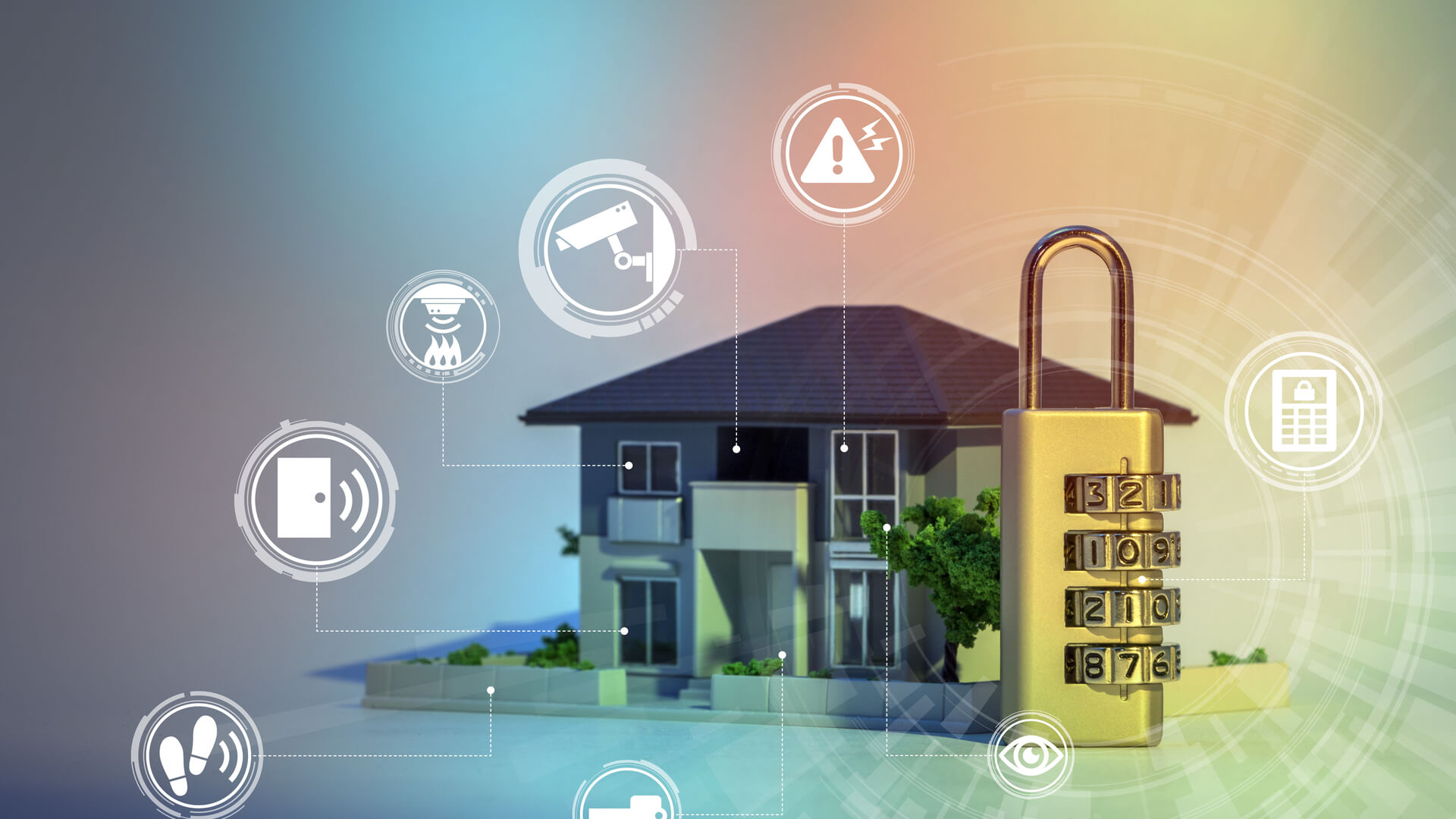
Use padlocks as an extra measure, especially in garages and sheds in the garden. A good padlock should have a short, thick shackle that can’t be forced using bolt cutters.
There is nothing wrong with a little deception as well. Placing a sign in a prominent place warning that your home is being monitored and has security cameras will act an effective deterrent against criminal activity. Try placing dummy cameras on the external wall of your home. No one need know that they are just for show, but they might make would-be intruders think twice before casing your home.
Summary of Products
| PRODUCT | HOME SECURITY SYSTEM | SMART DOOR LOCKS | VIDEO DOORBELL | HOME-HUB | WINDOW AND DOOR SENSORS |
|---|---|---|---|---|---|
| Smart Tech | Yes | Yes | Yes | Yes | Yes (Top-of-the-range models only) |
| Remote Controlled | Yes | Yes | Yes | Yes | No |
| Upfront Cost | $1500 | $200 | $200 | $200 | $50 |
| Additional Cost | $1200 | Multiply by the number of doors you have | No | No | Multiply by the number of windows you have |
| Total Cost | $5550 |
According to the National Association of Home Builders, in 2009 the average American home has increased to 2,700 square feet. That’s an uptick of 1,400 square feet since 1970.
The chart above shows the costs of securing a home with 5 doors, including an up-and-over garage door as well as a rear garage door, and using top-of-the-range products listed.
If you have a smaller home or apartment, the costs will decrease; you can also aim to stay on budget by choosing cheaper alternatives and less expensive like-for-like products available. The crucial thing when calculating the overall cost is to factor in multiples of products, like the window and door sensors, and to remember that home security systems have ongoing costs to consider.
Final Thoughts
Securing your home does require an investment, and if you want the best deterrents, they don’t come cheap. But are these products cost-effective?
It’s a question of relativity: when you consider that the average burglary costs victims $2251, it makes home security seem cheap. With comprehensive home security measures increasing the value of your home by as much as 5 percent, any outlay will be offset by the additional equity dollars.

